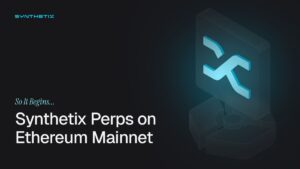TL;DR
- Ethereum activates Fusaka upgrade December 3 with twelve proposals scaling layer two networks efficiently.
- PeerDAS samples random blob segments reducing node data loads for layer two verification tasks.
- Layer two chains secure $47 billion requiring efficient Ethereum base layer validation processes daily.
Ethereum activates its Fusaka upgrade on the main network December 3, 2025. This update bundles twelve Ethereum Improvement Proposals to process transaction surges from layer 2 blockchains. Those secondary networks currently secure $47 billion in on-chain value. They depend on Ethereum’s foundational security while providing faster, lower-cost operations.
PeerDAS forms the core technical adjustment within Fusaka. Presently, Ethereum nodes must download entire data bundles—called blobs—from layer 2 chains to validate transactions. Rising layer 2 activity makes this process expensive and slows the base layer. Consequently, PeerDAS enables nodes to verify transactions by examining random segments of blob data instead of full downloads.
Nick Johnson, Ethereum Name Service founder, confirms PeerDAS will reduce rollup fees and expand capacity. Leo Fan, Cysic co-founder, calls the adjustment a “deep infrastructural shift” potentially multiplying Ethereum’s throughput eightfold. Shiv Shankar, Boundless CEO, notes lower bandwidth costs will aid application developers directly.
Base Layer Capacity Expands
Two additional proposals in Fusaka stretch Ethereum’s native limits. They increase maximum block sizes and allow more blobs per block from layer 2 networks. Therefore, Ethereum moves closer to its target of handling 100,000 transactions per second. This contrasts with today’s ceiling of 30 transactions per second. The changes follow May’s Pectra upgrade within Ethereum’s scaling roadmap.

Testing across multiple testnets concluded successfully during October. Final deployment awaits the December 3 activation. Ethereum’s total value remains near $410 billion as these technical adjustments prepare the network for sustained growth. Developers confirm security protocols stay unchanged despite higher transaction volumes. Node operators will experience immediate bandwidth savings starting next month.









